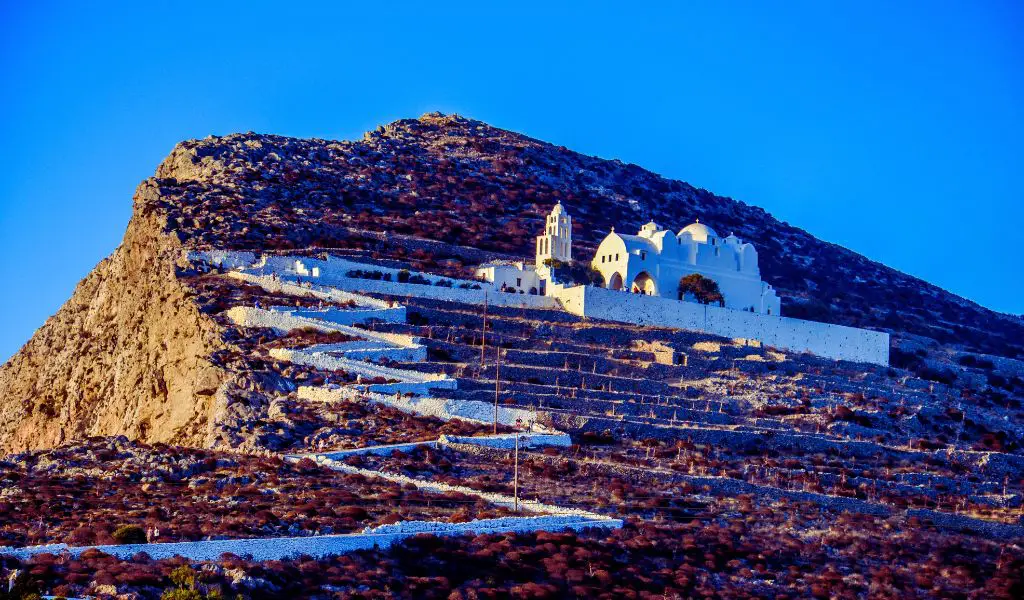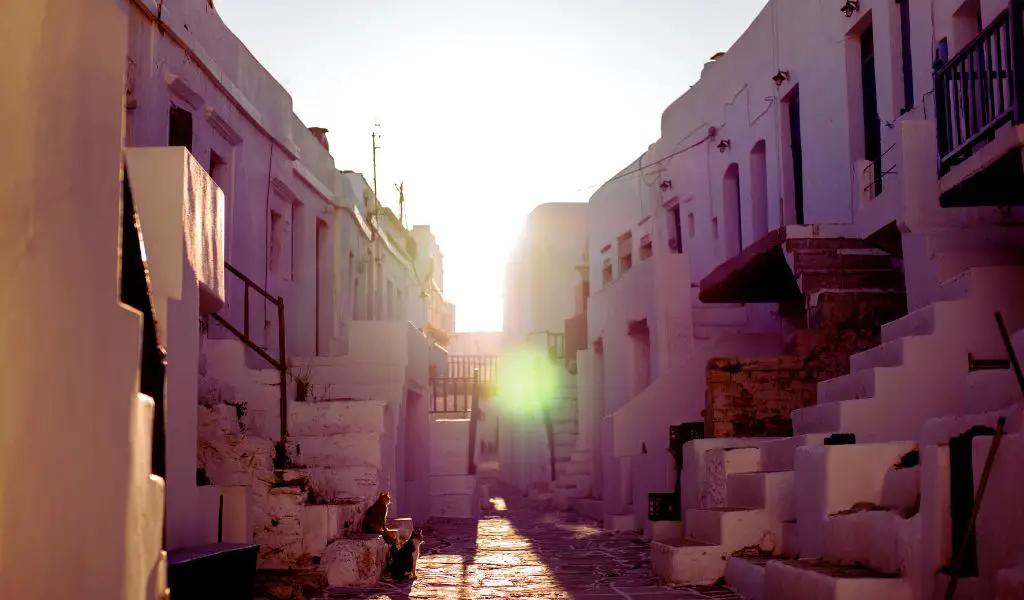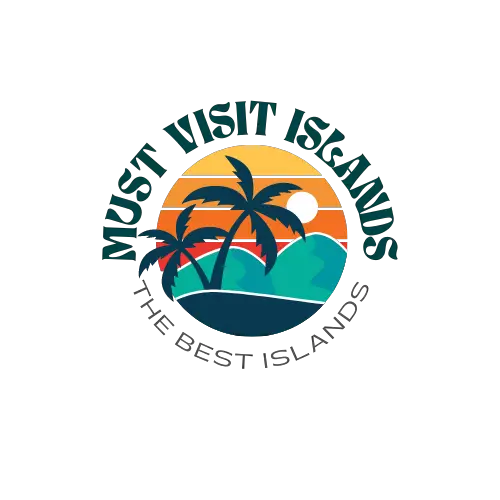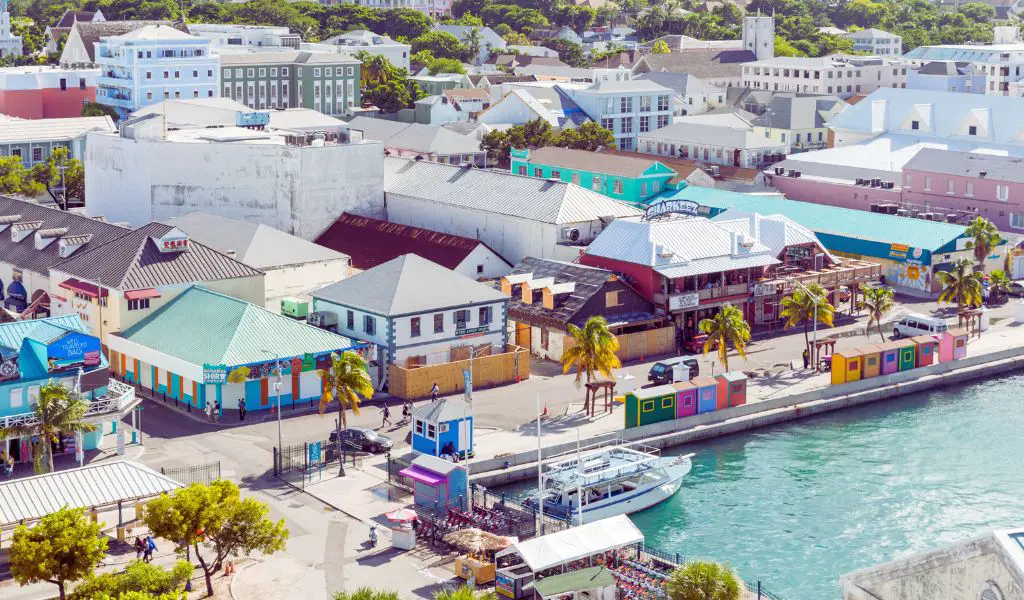Nestled in the Cyclades archipelago in the Aegean Sea, Folegandros offers a tranquil escape for those who appreciate untouched beauty and an air of authenticity. This captivating Greek island has a geographical tapestry woven with untouched beaches, rocky landscapes, and rugged cliffs that dive into the sea, topped off with a classic Greek blue and white skyline. Its natural beauty and quaint charm make Folegandros an exceptional destination for the discerning traveler.
Geography
The island’s epicenter is the Chora, a well-preserved medieval town.A walk through its narrow, winding streets, lined with whitewashed cube-shaped houses and bright bougainvillea, reveals the island’s timeless charm.
Chora is a traditional settlement, protected for its historical significance, and serves as an excellent introduction to the island’s rich history.
It’s no wonder why it’s considered one of the most beautiful medieval towns in the Cyclades.
History
Historically, Folegandros was inhabited by Carians, ancient mariners from Asia Minor.
The island’s name is believed to be derived from the Minoan word “Pholegandros”, which translates to “rocky terrain”, reflecting its natural landscape.
Over the centuries, the island saw influence from various civilizations, including the Dorians, Romans, Byzantines, Venetians, and Ottomans.
Traces of these influences can be seen in the island’s architecture, culture, and traditions, adding layers of depth to the visitor’s experience.

Activities
Folegandros offers a multitude of activities to indulge in.
Outdoor enthusiasts can explore the island’s natural wonders through its network of hiking trails.
A popular route is the path from the Chora to the church of Panagia, perched on a hilltop with breathtaking views of the Aegean Sea.
For those drawn to the sea, beaches such as Agali and Katergo provide opportunities for swimming, snorkeling, and simply lounging under the Greek sun.
Cultural exploration can be found in the Folklore Museum and the Ecclesiastical Collection, both showcasing artifacts that reflect the island’s rich history.
Population
Folegandros has a small, close-knit population of about 800 permanent residents.
This limited population helps preserve the island’s tranquil, intimate atmosphere, which is cherished by visitors and locals alike.
When to Go
The best time to visit Folegandros is between late May and early October, during the warm Mediterranean summer.
However, for a quieter experience, consider visiting in the shoulder seasons (May-June and September-October), when the weather is still pleasant and the crowds are thinner.
How to Get There
Folegandros can be reached by ferry from Piraeus, the port of Athens, with a travel time of approximately 3-5 hours.
There are also connections from other Cycladic islands such as Santorini and Milos.
Highlights
Chora’s picturesque medieval town, the stunning views from the church of Panagia, and the serene beaches like Agali and Katergo are key highlights of Folegandros.
Also noteworthy is the island’s delicious local cuisine, which includes matsata, a handmade pasta, and souroto, a local cheese.
What You Should Know
While Folegandros is part of the Cyclades, it doesn’t have the bustling nightlife found in Mykonos or the throngs of tourists that flood Santorini. I
t is a place for relaxation, contemplation, and immersion in nature and culture. English is widely spoken in tourist areas, and the local people are known for their hospitality.

Frequently Asked Questions
Are there ATMs available on the island?
Yes, there are ATMs in the Chora, but it’s recommended to carry some cash as not all places accept credit cards.
Is public transportation available on Folegandros?
Yes, there are local buses that connect the Chora with the port and several beaches. However, the schedules can be infrequent, and many visitors opt for car or bike rentals.
Can I visit other Cycladic islands from Folegandros?
Yes, you can easily take a ferry to nearby islands like Santorini, Milos, or Ios for a day trip or to continue your island-hopping adventure.




